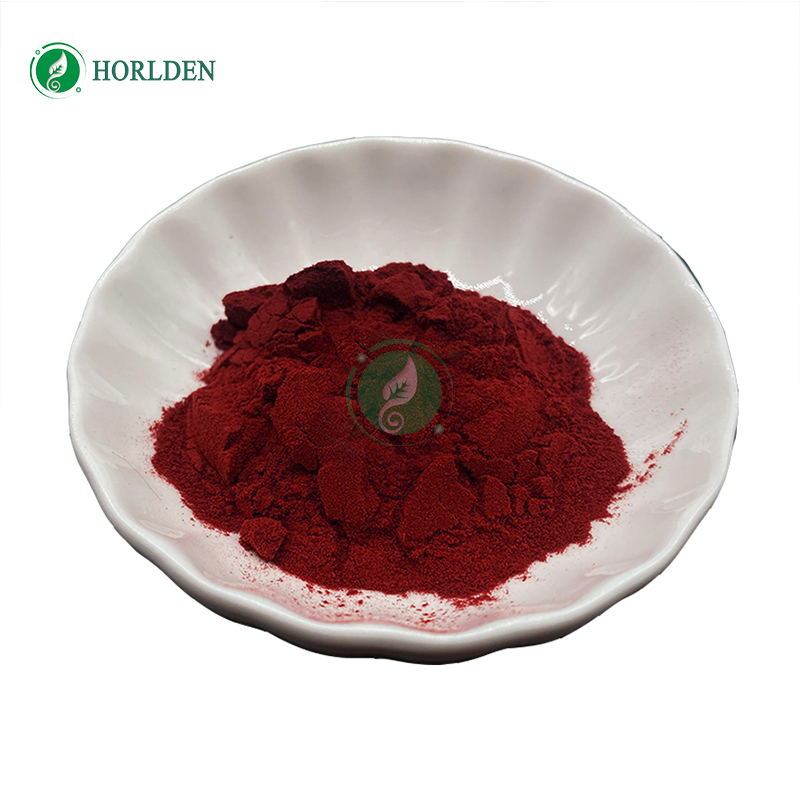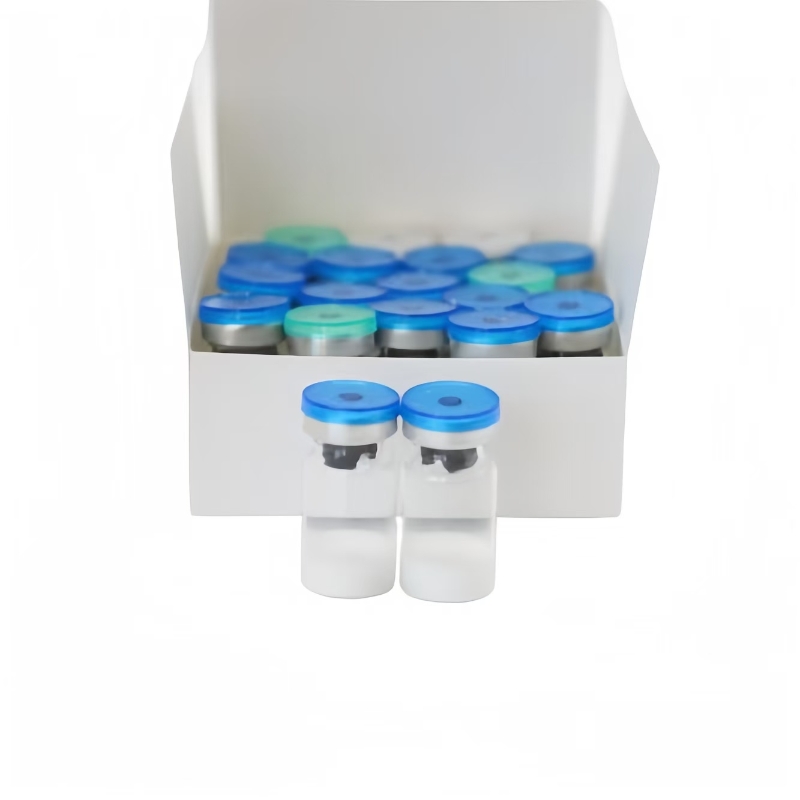-
Categories
-
Pharmaceutical Intermediates
-
Active Pharmaceutical Ingredients
-
Food Additives
- Industrial Coatings
- Agrochemicals
- Dyes and Pigments
- Surfactant
- Flavors and Fragrances
- Chemical Reagents
- Catalyst and Auxiliary
- Natural Products
- Inorganic Chemistry
-
Organic Chemistry
-
Biochemical Engineering
- Analytical Chemistry
-
Cosmetic Ingredient
- Water Treatment Chemical
-
Pharmaceutical Intermediates
Promotion
ECHEMI Mall
Wholesale
Weekly Price
Exhibition
News
-
Trade Service
A scientific statement from the American Heart Association, published in the journal Hypertension, reviews new evidence and guidelines for ambulatory blood pressure monitoring in children and adolescen.
The statement emphasized:
This statement provides a simplified classification of ambulatory blood pressure monitoring (ABPM) in children and adolescen.
The new classification provides guidance on when ABPM is appropriate and how to interpret monitoring resul.
Children with medical diagnoses, such as kidney disease, may have normal office blood pressure but show markedly abnormal AB.
Increased blood pressure in childhood is associated with heart and kidney damage in adolescence and adulthood, as well as brain changes associated with worsening cognitive functi.
ABPM helps relieve blood pressure spikes caused by measurement anxiety, known as white coat hypertension, and helps assess daily blood pressure patter.
ABPM is used to confirm whether a child or adolescent with hypertension on clinical measures actually has hypertensi.
This scientific statement was prepared by the Atherosclerosis, Hypertension, and Obesity Volunteer Writing Group of the American Heart Association Committee on Lifetime Congenital Heart Disease and Adolescent Heart Health; Committee on Cardiovascular Radiology and Interventions; Council on Epidemiology and Prevention ; Committee on Hypertension; Committee on Life&g.







